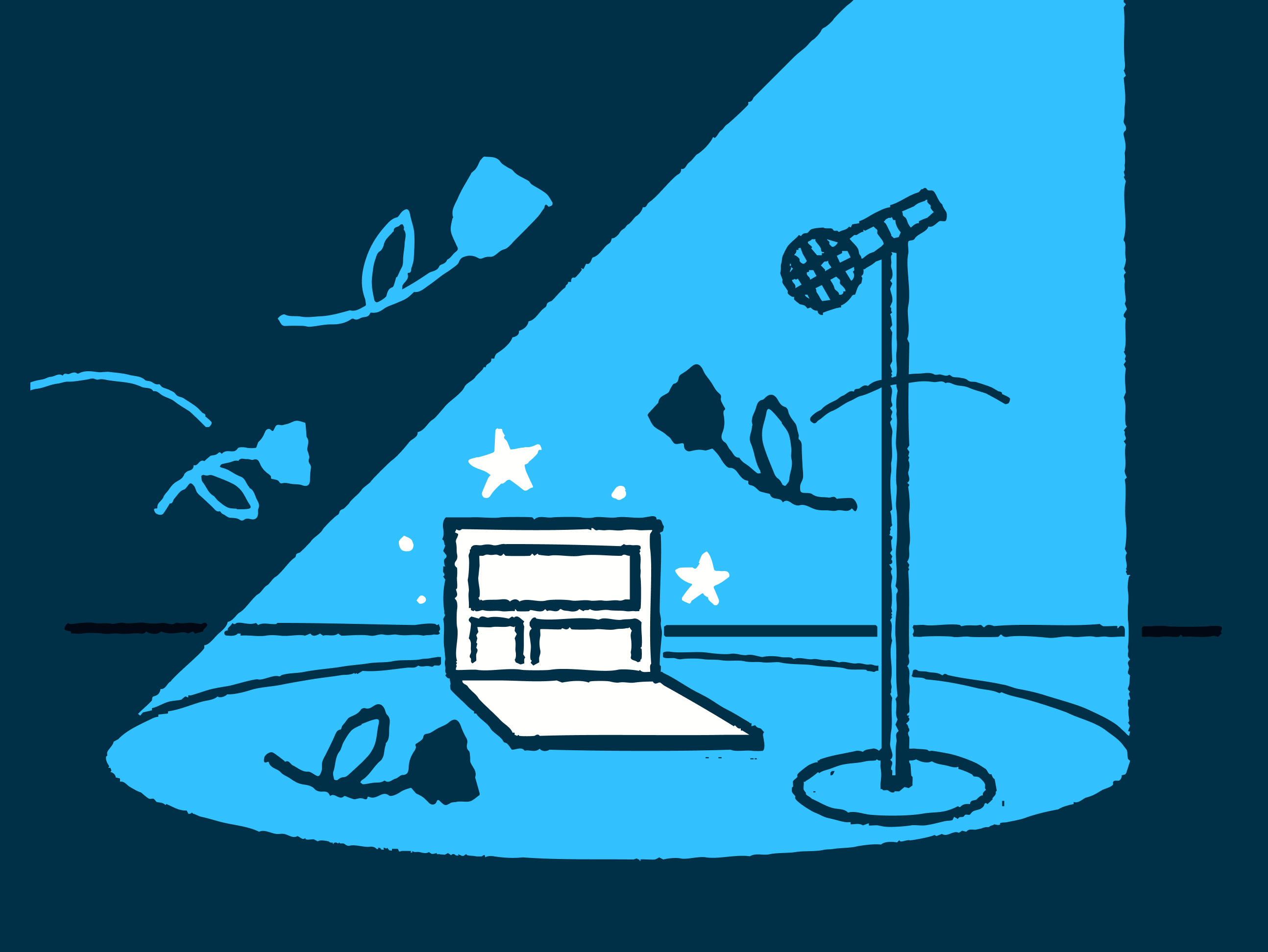Improve Website Performance with Research-Led Design
Research turns website redesigns from opinion-driven makeovers into strategic, high-performing digital experiences.

Before You Push Another Pixel...
A lot of teams come to us wanting a fresh look for their website. New colors, modern layouts, copy that finally feels like them. And we love bringing all of that to life.
But here’s one thing that surprises us during these early conversations:
“You’re the only agency even talking about research before the redesign.”
Most agencies skip this step.
ZoCo doesn’t, and here’s why that matters. Qualitative user research is how we make sure your website isn’t just attractive, but actually does its job to:
- Convert users toward the right actions like buy, sign up, enroll, or book a demo.
- Surface the content users came looking for, instead of burying it six clicks deep.
- Build trust so users come back, recommend you, and stick around.
- Give your internal team data so you can confidently inform strategic decisions long-term.
Our Research-Led Redesign Process
When you begin by understanding your users, every design choice connects back to business goals and audience needs. Here’s exactly how we approach it:
1. Audit What’s Already There
Before we talk to a single user, we review the existing site through multiple lenses.
- Business goal: What does the website need to do better? Convert visitors to enroll in a service? Educate them on your platform value? Lead them to a portal login?
- Heuristic audit: Where are there gaps in accessibility or usability in the site's current navigation and on individual pages? For healthcare organizations, this might include reviewing portal access flows or how easily patients can book an appointment.
- Analytics + content review: Which pages are actually pulling their weight and which ones lack visitors? Often this review surfaces bugs that lead to improvement gains outside of any design change.
Time investment: About two weeks.
2. Talk to Real Users (Current + Prospects)
Often healthcare websites need to speak to multiple audiences like patients, caretakers, providers, and payers alike. To understand how each uses the site differently, we use interviews to learn things like:
- What brought them to your site?
- Which parts felt helpful or confusing?
- How do they describe your products/services in their own words?
- How does your site compare to competitors?
- Are your differentiators and value props clear and meaningful to them?
- Do they understand what action to take next—and is it easy for them to do so?
Time investment: Depending on how easy your audience is to recruit and schedule, this typically takes 2-4 weeks.
3. Analyze & Synthesize the Insights
Then it’s time to bring it all together to uncover insights like:
- That “must-have” headline? Users read it as jargon.
- The button buried at the bottom? Turns out, it’s what they came for.
- The page you thought was critical? No one even clicks on it.
Time investment: About a week
4. Share Findings & Align on Next Steps
Finally, we bring your team into a working session to share research findings and co-create the path forward:
- Which messages resonate most?
- What features or pages deserve top priority?
- How should the new user flows or navigation be shaped?
By the end, we have a research-backed rationale for design changes that you know will move the needle on your website’s goals and have rippling impacts beyond the website.
Time investment: A 2-hour workshop as soon as the synthesis is complete
Research ensures the website redesign is beautiful, functional, and strategic. Check out our work with Provide.
How Research Guides Real-Time Decisions
During redesigns, teams often come in with strong assumptions about what users need. Research helps us validate or redirect those instincts with clarity and confidence. Here are a few examples from recent projects:
When everyone wanted to cram everything on the home page…
A client originally wanted their home page to “do it all,” leading with heavy branded language they believed set them apart. But interviews revealed users felt confused and overwhelmed the moment they landed. We simplified the hero and shifted messaging to align with how users actually described their needs and what they were looking for first.
When leadership pushed for “just call us” as the main CTA…
In another case, internal stakeholders assumed directing users to call would lead to better-qualified conversations. But research revealed a strong preference for online scheduling and self-service forms—not because people “hate calling,” but because it gave them control over timing, privacy, and next steps. We prioritized digital scheduling, and saw higher conversion and fewer drop-offs in early funnel stages.
When a team wanted to add a detailed comparison chart too early…
One healthcare brand pushed to add a head-to-head competitor chart on their top-level service page. User feedback showed that at the awareness stage, visitors weren’t ready to weigh providers, they just needed to understand whether this service aligned with their symptoms or concerns. We repositioned comparison content later in the journey, after confidence and relevance had been established.
A website redesign might feel like a one-off project, but the insights you uncover through research keep paying dividends long after launch—deepinging customer empathy, shaping your go-to-market strategy, product offering, and revenue goals.
Check out our Ultimate Guide to UX Research & Product Design Services
Looking for insights for healthtech product leaders, delivered to your inbox every few weeks? Sign up for our newsletter.
Currently exploring
UX Mastery
.jpg)
.svg)
.svg)
.svg)
.svg)
.svg)





.svg)

